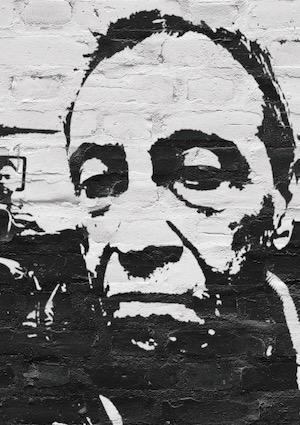 [Photographer Charles Gatewood died on Thursday, April 28, 2016 in San Francisco. According to his KQED obituary, the hospital attributed his death to “injuries after he fell off his third-story balcony several weeks before.” The New York Times obituary quotes his sister, Betty Gatewood, as saying, “There is no doubt that his death was the result of a suicide attempt, as he left several notes behind.” (Sources who knew him well tell me that he’d been taking medications for severe physical pain for years.)
[Photographer Charles Gatewood died on Thursday, April 28, 2016 in San Francisco. According to his KQED obituary, the hospital attributed his death to “injuries after he fell off his third-story balcony several weeks before.” The New York Times obituary quotes his sister, Betty Gatewood, as saying, “There is no doubt that his death was the result of a suicide attempt, as he left several notes behind.” (Sources who knew him well tell me that he’d been taking medications for severe physical pain for years.)
Starting in the 1970s I reviewed a number of Gatewood’s books and shows, including one of the earliest. (The 1972 New York Times review quoted in the previous post appeared later in my 1979 book Light Readings.) I also included a selection of Gatewood’s images in my 1977 survey The Grotesque in Photography. He enjoyed those responses enough to invite me to write the introductions to two of his monographs: Wall Street (R. Mutt Press, 1984), and Charles Gatewood Photographs: The Body and Beyond (Flash Publications, 1993).
In between those two commissions I conducted a lengthy interview with him that remains unpublished in its complete form. (Portions of it made their way into Clichés, a Belgian magazine, in 1989, and then into my 1993 monograph introduction. Click here for a PDF of that interview.)
Over time Charles added color to black & white for his still photography, and began making videos of the underground scenes to which he had access. He leaves behind an enormous archive of invaluable material about pockets of western and Asian culture that, once hidden from sight, went increasingly mainstream in his lifetime — due, in some part, to Gatewood’s bringing them into the light of day in his celebratory images.
Click here for the 1985 feature film about his work by Mark and Dan Jury, Dances Sacred and Profane. Click here for a trailer for the 2015 film about Gatewood by Carl Abrahamsson, Once the toothpaste is out of the tube – An art apart: Charles Gatewood. Click here for a 1996 interview with him by Joe Donohoe. And click here for an excerpt from Gatewood’s unpublished Dirty Old Man, a Memoir.
To commemorate Charles’s life and work, I’m publishing here my 1993 introduction to his retrospective monograph. Part 2 appears below; click here for part 1. — A. D. C.]
•
Charles Gatewood:
“The kind of guy who takes ‘those pictures'” (cont’d)
by A. D. Coleman
… The work from that early period resolved into his now-classic book Sidetripping, published in 1975 with a text by William Burroughs. Of that book, Gatewood now recalls, “Sidetripping made a big splash; the critical response was almost entirely, unanimously, positive. It was a pretty polished piece; when I put that book on the table, people started paying attention.” In addition to establishing him as a force to be reckoned with, it also plunged him, quite unexpectedly, into the terrain of self-publishing: Sidetripping‘s publisher went under shortly after the book came out, so Gatewood ended up with almost the entire press run, and realized that he was going to have to distribute them as best he could.
“Subsequently,” he states, [after the publication of his first book, Sidetripping, in 1975] “in publishing my own undiluted vision I’ve run up against a great deal of resistance. My work isn’t finished until it’s published and seen — I come from a photojournalistic tradition. Exhibitions are okay — it’s nice to see the original prints, it’s nice to a see a great show — but exhibitions come and go. A good book lasts forever. So I decided a long time ago that the basic thrust of my presentation would be publishing.
“It doesn’t do me any good to sit around whining that no one will publish my work. So I did what had to be done, by publishing my own books; I distribute them, and I get on with it. I’m going to get the work out, one way or another; that’s all there is to it. I’m doing the same thing now with videos: I’ve made several videos, and I distribute them myself. I think maybe I am a frustrated filmmaker, and all this time I’ve been denying it,” he says.
(He’s also tried his hand at fiction: Under a pseudonym, he’s published — through a commercial house — a sexy, entertaining paperback detective novel set in the Big Apple’s sex industry, based on his experiences photographing the underground sex scene here and abroad over the past 20 years. It’s a surprisingly good read, and he’s working on a follow-up volume, but swears that’ll be his last fictional effort: “Writing is so much harder than photography,” he notes ruefully. I could have told him that.)
•
The idea of information is central to Gatewood’s work. Speaking of his subject matter in recent years, he says, “The more I get into it, the more fascinating and fantastic it becomes. I’ve seen things that might fry a normal person’s brain. Aside from the outrageous photographic images I’m getting, I’m also doing some personal anthropology, finding out some real truths about some real behavior that’s out there but isn’t being talked about or seen.” Asked to define the importance of it being talked about and seen, he responds immediately, “The fact that it’s happening on a big scale, and it’s practically invisible as far as the media goes, is important. … If this knowledge doesn’t become a part of history, it’s not going to be in the books. It’s not being recorded. The tattooing, the piercing, some of the sexual underground — as far as mainstream America goes, they don’t exist.
“I guess that comes back to my being a recorder, a witness,” he continues. “I want to show people they not only exist but that they’re vital — that there’s unbelievable stuff going on out there.”
Gatewood here sounds very much in sympathy with the anthropologist Clifford Geertz, who has written,
“The claim to attention of an ethnographic account does not rest on its author’s ability to capture primitive facts in faraway places and carry them home like a mask or a carving, but on the degree to which he is able to clarify what goes on in such places, to reduce the puzzlement — what manner of men are these? — to which unfamiliar acts emerging out of unknown backgrounds naturally give rise. … [W]e must measure the cogency of our explications … against the power of the scientific imagination to bring us into touch with the lives of strangers.” (The Interpretation of Cultures, 1973)
Yet his concern is anything but scholarly or disengaged. Clearly, what makes a subculture vital and engaging to Gatewood is that it’s a projection of some aspect of himself.
He puts it this way: “More and more, I’m realizing that, as I understand it now, the main answer to that question of why — “Why are showing us this, Mr. Gatewood?” — is that the subject matter makes me intoxicated. At the same time as it helps me express some of my fears, some of my observations, it makes me high.
“I’ve always been extremely prone to excessive use of anything that would change my consciousness,” he elaborates. “I’ve found that these photographic experiences work a lot better than, say, alcohol, in the long run. They’re certainly not as damaging to the mind and the spirit and the body …
“The more I learn about transcendental stuff, and the more I read about intoxication, the more I realize that this is essentially genetically predetermined. I had a weird childhood also; that may have had something to do with it. But I think that, essentially, I was born to do what I do. I think it’s biological. I’ve never really questioned it too much; I’ve followed my feelings, and this is where that’s led me.”
•
When I first met Gatewood — sometime in the late 1960s, we both recall vaguely, and only in passing — he struck me as a diffident, reserved fellow, not at all what his images might lead one to project. He’s now much more confident and outgoing than the young man I recall, yet still a step or two away from the beyond-the-pale extremes of his subject matter. I’ve come to understand it as a manifestation of his quiet insistence on maintaining critical distance while immersing himself in what Whitman called “the destructive element.” Gatewood himself is well aware of that disparity. “A lot of people have said to me, ‘You don’t look like the kind of guy who takes those pictures.’ They’ve asked me, ‘Why do you do this kind of work?'” He notes that he feels an obligation to provide an answer:
My work is so unusual that the questions — Why do you do this kind of work? What does it mean? Where is it coming from? — are quite valid. I’m just now coming to terms with some answers; for a long time I didn’t understand exactly where the work was coming from. When I’m working, I like that click when I cross over and become the event — when I become one with the subject. Psychologists call that getting into a “flow situation.” I love that feeling.
This raises an obvious question in terms of traditional social research methodology — of “objectivity” versus bias, of the position of the outsider versus that of the insider. Within the observational disciplines, there are two underlying paradoxes, both of them versions of dilemmas with which practitioners of the hard sciences have been grappling for much of this century. The first is Heisenberg’s indeterminacy principle, which proposes that the assumptions with which you view anything largely determine what you see. The second is what physicists call perturbation theory, which holds that the very act of observation changes the thing observed. Either of these could be used to impeach the possibility of neutral, bias-free observation and to validate Gatewood’s participatory approach. But he’ll have none of it.
“I could hide behind that,” he agrees. “But my idea has always been that I’m me; I do whatever the fuck I please, I’m not here to please anyone else. People ask me, ‘Where’s your chair? What university are you connected with? Who is your sponsor? What are your affiliations?’ And I have none. I don’t belong to anybody or anything. I’m totally myself; I’m responsible to me, my own vision.
“Now, it’s a rule in social science that you aren’t supposed to cross a certain line or you lose your objectivity. But this is kind of a circular argument. My approach has always been to participate, to enter into the worlds as much as I can, yet still come back with some information that might tell us all something about the nature of the experience. The analogy that I’ve always used is keeping one foot in the real world and one foot out there. I’ve never wanted to go so far out that I couldn’t come back. On the other hand, I’ve never wanted to stand back on the sidelines.”
The noted educator and media critic Neil Postman has argued recently that the area that he would call social research or social study, instead of “social science,” is really an offshoot of moral theology, and that its real function is storytelling, in the most ancient sense: providing people with models, tales by which to live — essentially, for moral instruction. If that’s true, and I think it is, then Charles Gatewood may well exemplify the model of social research in photography that’s implicit in Postman’s argument. For Gatewood, unlike many photographers, says forthrightly, “I think essentially I am a moralist — and I’m certainly a storyteller. I’m fascinated with any tradition that has to do with storytelling. And I’ve got my own stories to tell.”
A rich anthology of those tales, gathered over the past thirty years, is to be found between this book’s covers. As you peruse them, stay tuned to the passion, giddiness, excitement, terror and wonder they elicit — give yourself permission, as Gatewood has, to look squarely at the forbidden, to stand near enough to smell it, let its skin brush against your own. It will not kill you to stare it in the eye, nor even to learn what you have in common with it. And that’s the other story in this book, the one that weaves the photographs together, the saga of a man who decided to let the actual behavior of his fellow creatures — and not politesse, religious cant, or legal codes — define what it means to be human. Here is what he found, and what it taught him. Here, also, is his life story. Let us learn from both.
(Part 1 I 2)
[Note: All statements by Gatewood throughout this essay come from an unpublished interview with him conducted by the author in 1987. Click here for a PDF of that interview.]
•
This post supported by a donation from photographer Michael Rosen.
•
 Special offer: If you want me to either continue pursuing a particular subject or give you a break and (for one post) write on a topic — my choice — other than the current main story, make a donation of $50 via the PayPal widget below, indicating your preference in a note accompanying your donation. I’ll credit you as that new post’s sponsor, and link to a website of your choosing. Include a note with your snail-mail address (or email it to me separately) for a free signed copy of my 1995 book Critical Focus!
Special offer: If you want me to either continue pursuing a particular subject or give you a break and (for one post) write on a topic — my choice — other than the current main story, make a donation of $50 via the PayPal widget below, indicating your preference in a note accompanying your donation. I’ll credit you as that new post’s sponsor, and link to a website of your choosing. Include a note with your snail-mail address (or email it to me separately) for a free signed copy of my 1995 book Critical Focus!


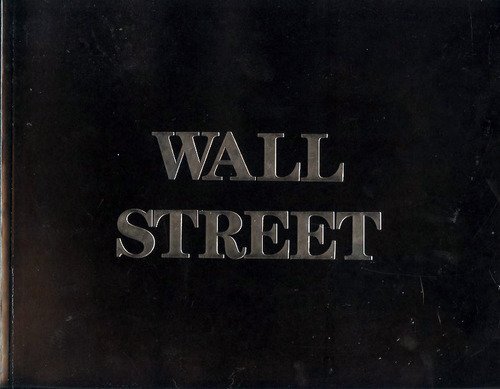
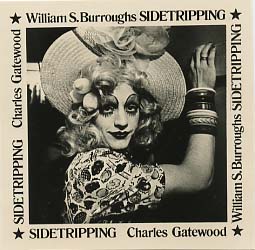
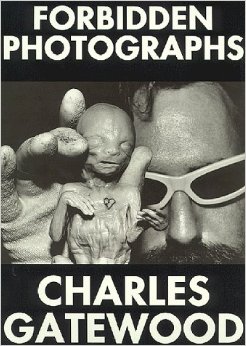
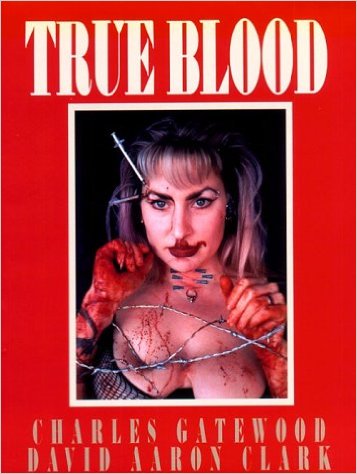
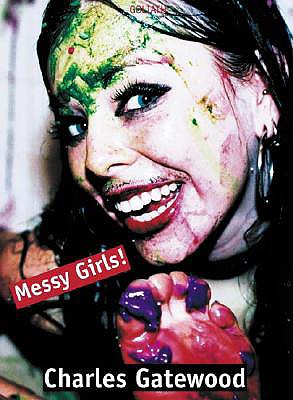
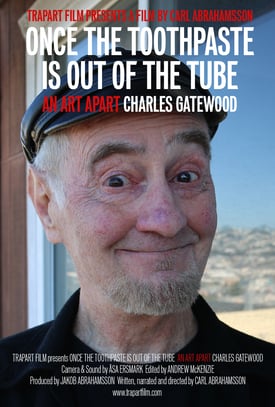
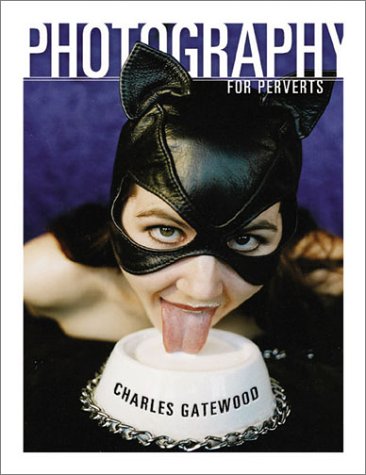




Thank you for the lovely tribute to Charles.